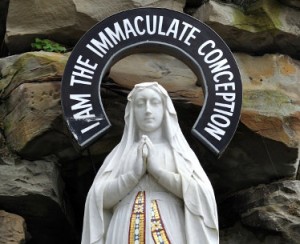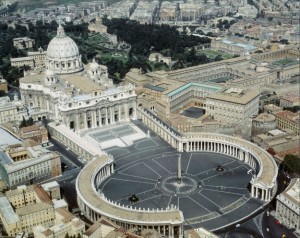
This week we conclude our series on the invisibly shepherded church. When we left off last week, we showed that Cyprian believed that to be truly “one,” the Church must be united with the chair of St. Peter. If we were to back-load that statement with all the trappings of modern papal claims, it would appear that Cyprian held to Roman, Petrine and papal primacy. In reality, Cyprian believed that every bishop possessed the “keys” and sat in “the chair” of St. Peter, and Cyprian actually invoked that Petrine prerogative as the basis for separating from the bishop of Rome. The “rock” upon which Christ had built His Church was the rock of the confessing church, and Cyprian believed that “pope” Stephen had wavered in that confession. If Cyprian believed that the bishop of Rome could be cut off in order to preserve the Petrine unity of the Church and to preserve the integrity of its foundation, we can be confident that Cyprian did not refer to “the chair of St. Peter” or “the rock” of Matthew 16:18 in the same way that Rome and her apologists do today. Continue reading The Visible Apostolicity of the Invisibly Shepherded Church (part 8)
 Follow
Follow









